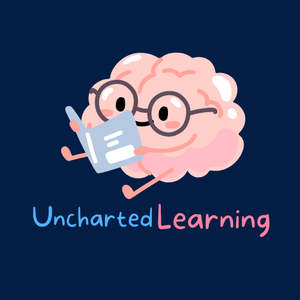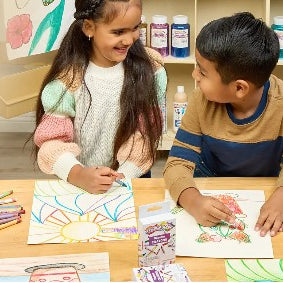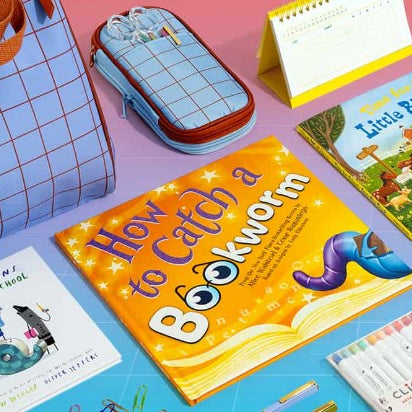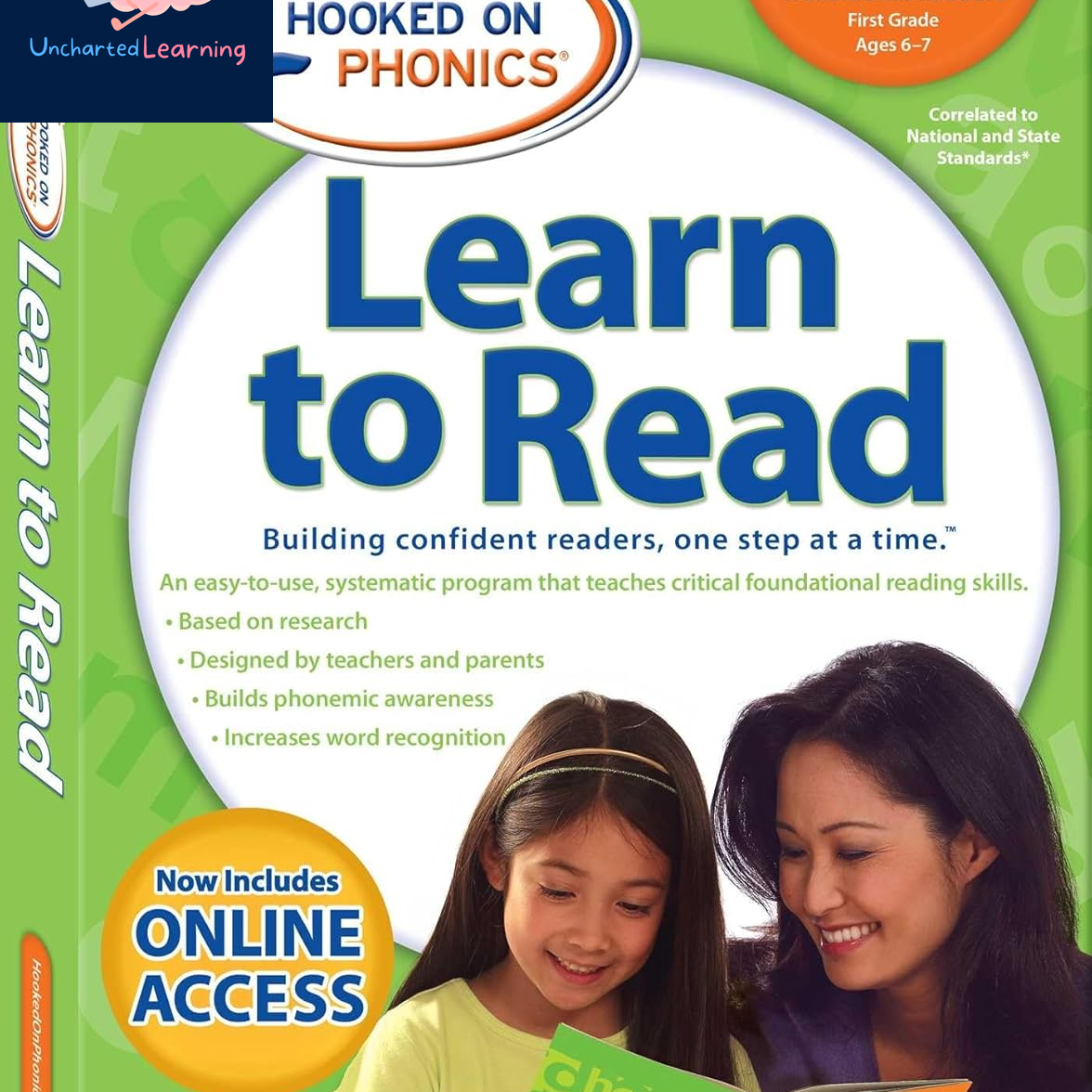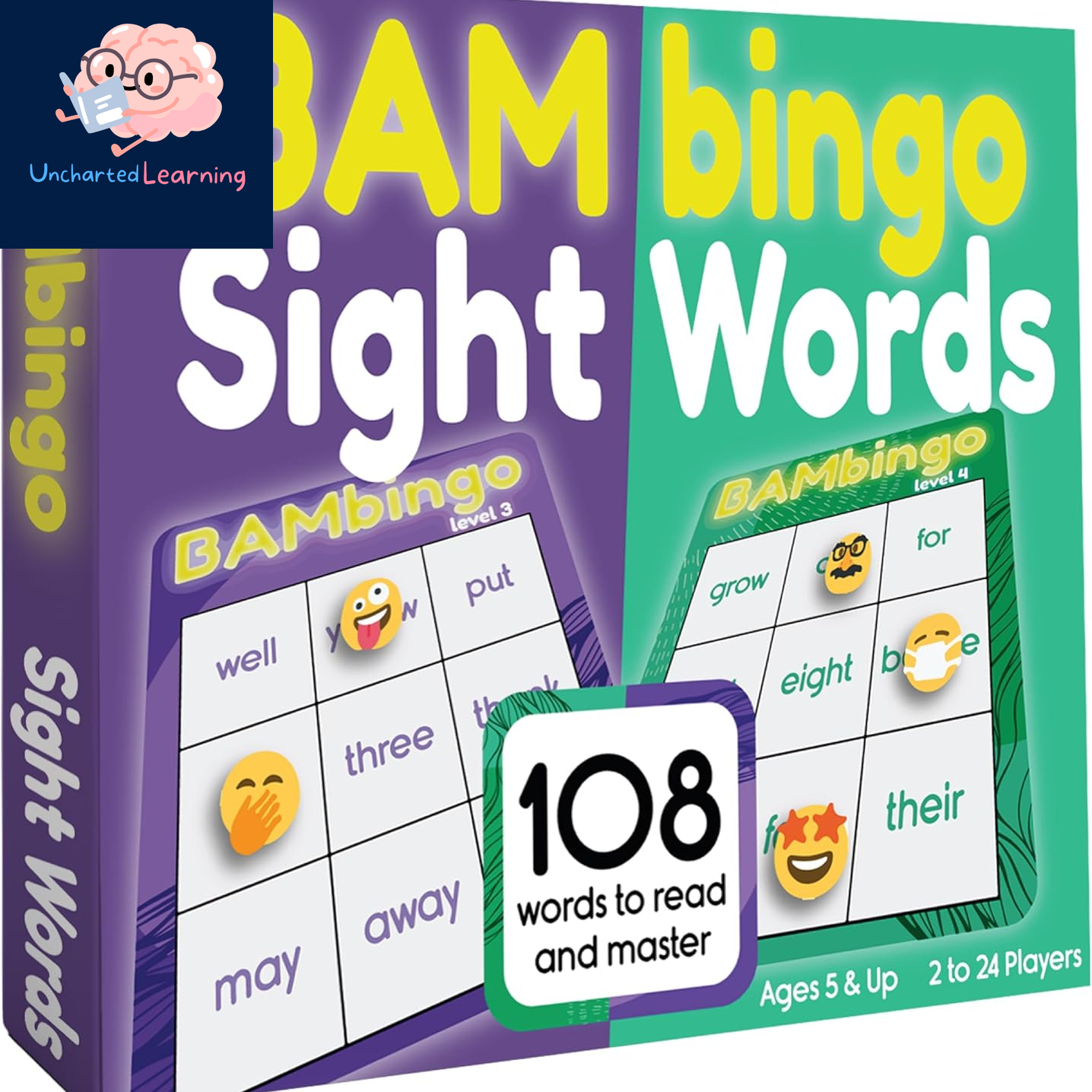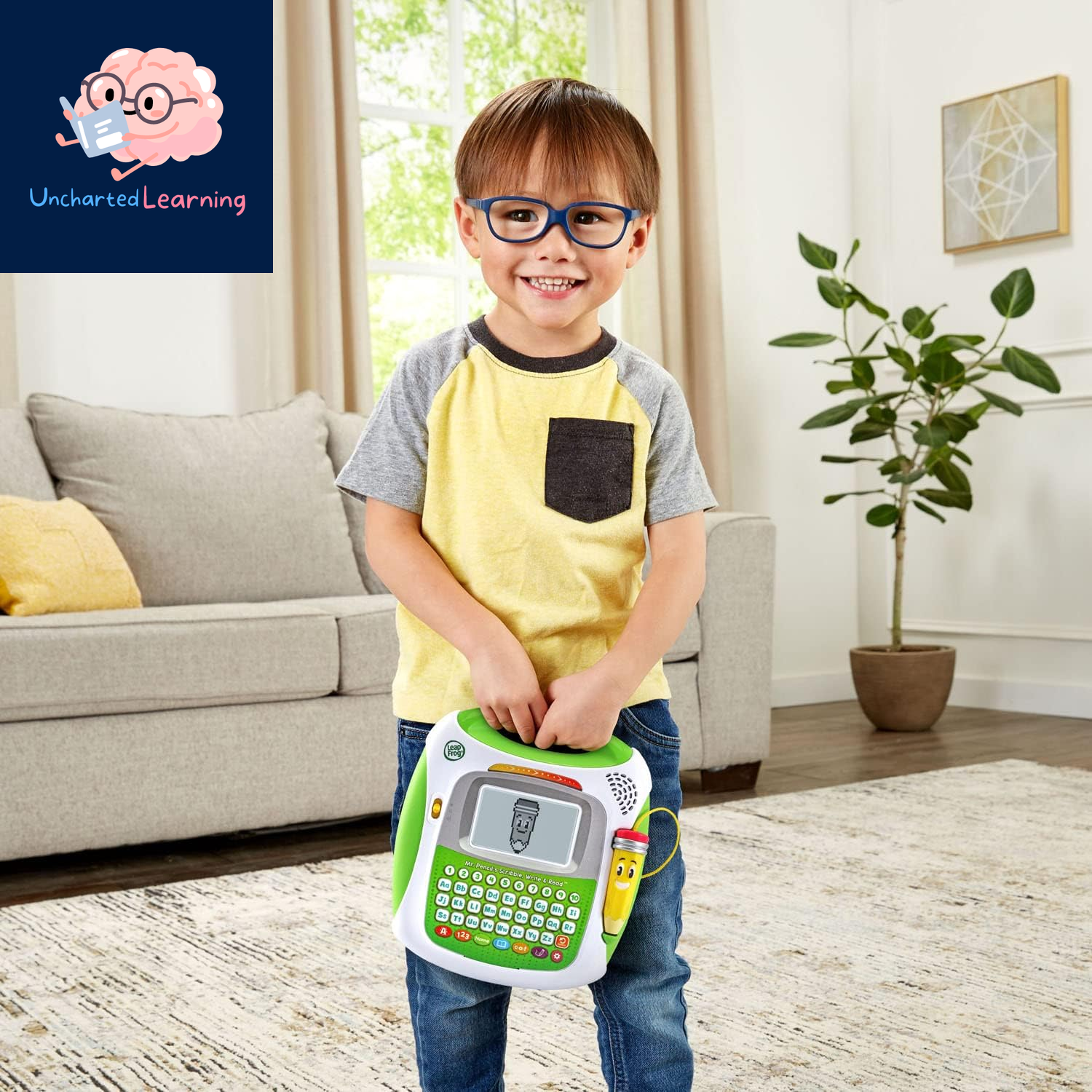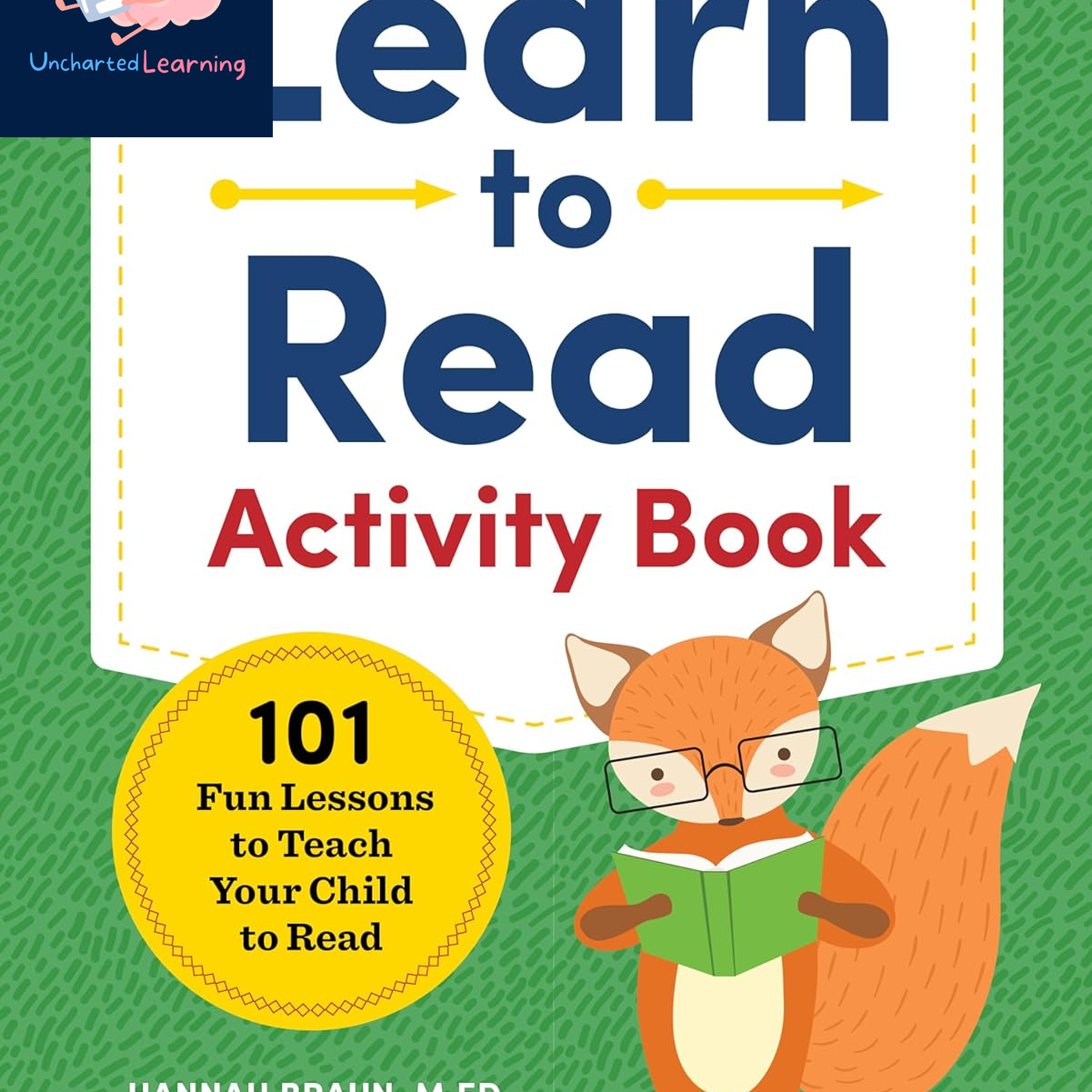As a parent who has homeschooled my children for over 20 years, I can confidently say that homeschooling works. Whether you're considering unschooling, traditional homeschooling, or another approach, you’re not alone in having questions. Let’s address the most common concerns and insights to help you navigate this rewarding path.
These links may have more info—and if you click, I might earn a small commission. Thanks for supporting fun learning!
Does Homeschooling Really Work?

Yes, homeschooling works! After two decades of home schooling, I’ve witnessed my children thrive academically, socially, and personally. The success of homeschooling depends on your commitment, creativity, and the supportive environment you create at home. Tailoring education to your child’s unique needs and interests can yield extraordinary results.
What Are the Different Homeschooling Methods?
Homeschooling offers incredible flexibility with methods to suit any family’s needs:
- Unschooling: A child-led approach that focuses on learning through life experiences and personal interests.
- Roadschooling: Education while traveling, using the world as your classroom.
- Traditional Homeschooling: Structured learning with a set curriculum similar to public or private schools.
- School-at-Home: Online or correspondence-based programs through virtual schools.
- Sail School: Learning aboard a boat, integrating navigation and marine science.
- Google School: A tech-savvy approach that utilizes digital resources for flexible learning.
Each method offers unique benefits, so choose what aligns with your family’s lifestyle and goals.

How Do I Get Started with Homeschooling?
Starting your home school journey involves a few essential steps:
- Research: Understand your state’s homeschooling laws and requirements.
- Choose a Method: Pick an approach that suits your family’s needs and values.
- Select Resources: Gather curriculum or create custom materials tailored to your goals.
- Create a Learning Space: Set up a designated area in your home for education.
- Establish a Routine: Develop a flexible schedule that fits your family’s lifestyle.
- Join a Community: Connect with homeschooling families for support and socialization opportunities.
What About Socialization?

Socialization is often a top concern, but homeschooling families find many ways to engage. Joining co-ops, participating in sports teams, and attending extracurricular activities provide ample interaction. Community events, virtual groups, and field trips also enrich your child’s social experiences. Homeschooling offers the opportunity for meaningful, diverse interactions beyond a traditional classroom setting.
Can I Homeschool Multiple Children?
Yes, you can! Homeschooling multiple children can be a rich and rewarding experience. Each child can pursue individual interests while collaborating on group learning activities. Multi-age learning fosters mentorship, teamwork, and the ability to tailor lessons to varying skill levels.
What Resources Are Available for Homeschooling?

Homeschooling offers a wealth of resources to help you succeed:
- Curriculum Providers: Comprehensive homeschooling packages for various subjects and grades.
- Online Courses: Platforms like Khan Academy and Outschool offer courses for all ages.
- Educational Websites: Tools like Google Classroom and Coursera provide free or low-cost materials.
- Libraries: Access to books, educational events, and community programs.
- Homeschooling Groups: Online and local communities for support and shared resources.
- Artificial Intelligence: Use Schoolbus.AI or Chat GPT to customize your day or week
Is Homeschooling Expensive?
Homeschooling can be as economical or as pricey as you choose, with costs heavily influenced by your approach to resources and learning materials. In my experience, I mostly homeschooled for free, only spending money when absolutely necessary. At home, we skipped the elaborate projects typical of traditional classrooms, which significantly cut down on the need for various school supplies. I always set a budget, and occasionally, if we needed software that came with a small fee, we considered it a worthwhile investment. For instance, when my daughter, then in third grade, was struggling with reading at a first-grade level, she sought help. I discovered a software program called TTRS (Touch Type Read Spell), designed for homeschoolers with learning disabilities. Not only did it start from the basics, but it also taught typing skills. With just 10 minutes a day, my daughter improved her reading to a fourth-grade level within a year—an investment that was undeniably worth every penny. Now, my older child, who initially had no learning difficulties, enjoys reading four books at a time. Remember, while structured curriculums and extracurriculars can add to the costs, homeschooling often eliminates typical school expenses like uniforms and transportation, offering substantial savings.
How Do I Measure My Child’s Progress?

Progress in homeschooling is often assessed through projects, discussions, and portfolios rather than standardized tests. This flexible approach allows you to tailor evaluations to your child’s unique learning style and goals. Regular check-ins help identify areas for growth while celebrating achievements.
Conclusion
Homeschooling, whether through unschooling or other methods, offers a personalized and flexible education that empowers children to thrive. By understanding the various approaches, preparing thoughtfully, and leveraging the abundance of resources available, you can create a home school experience that nurtures curiosity, creativity, and lifelong learning.
